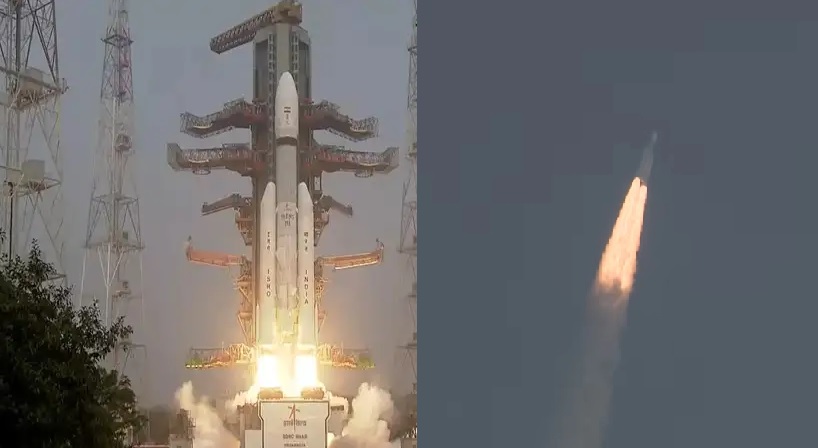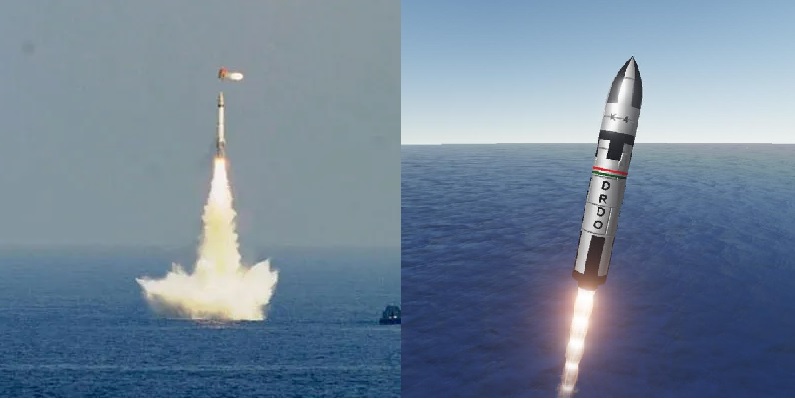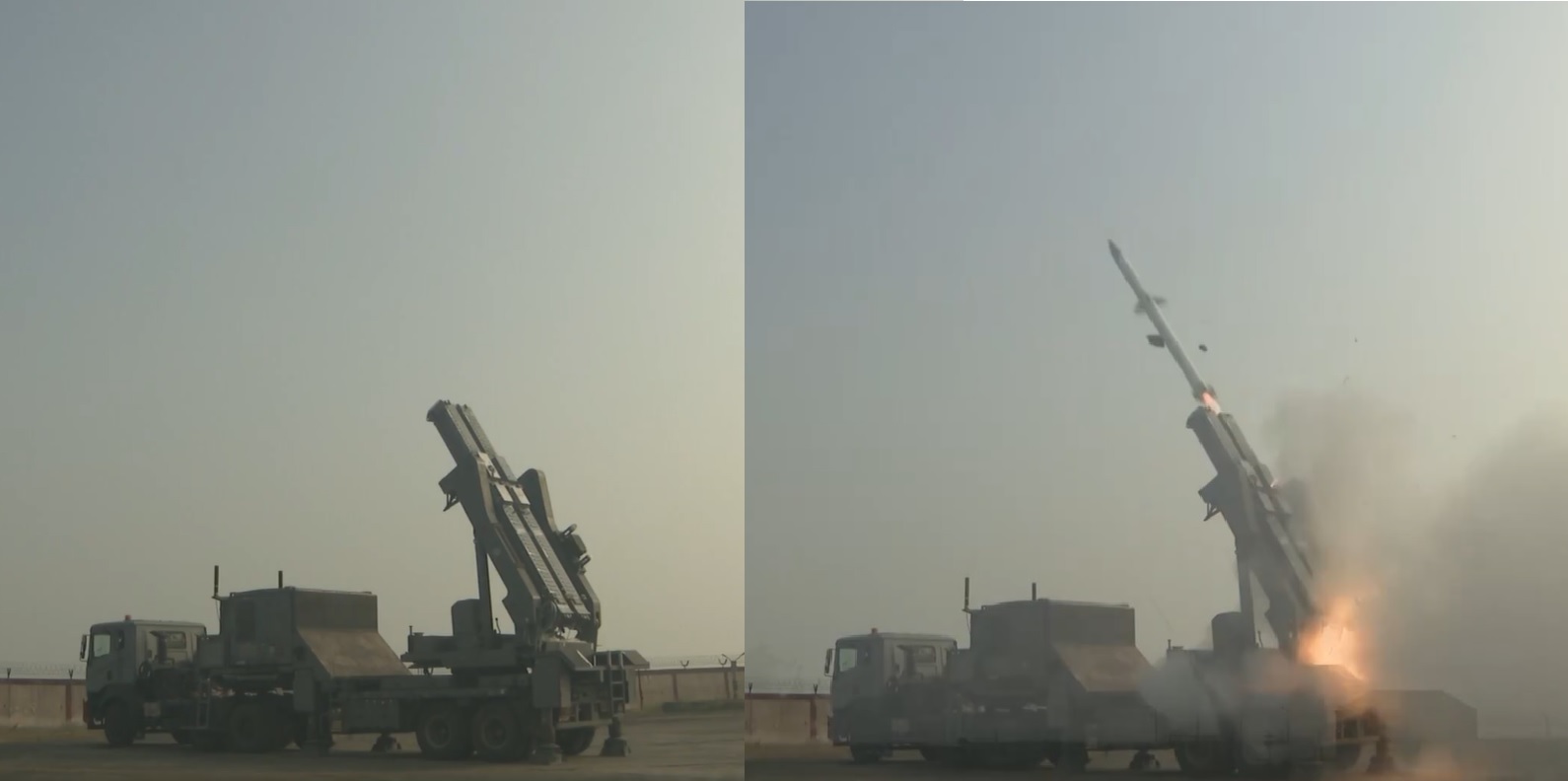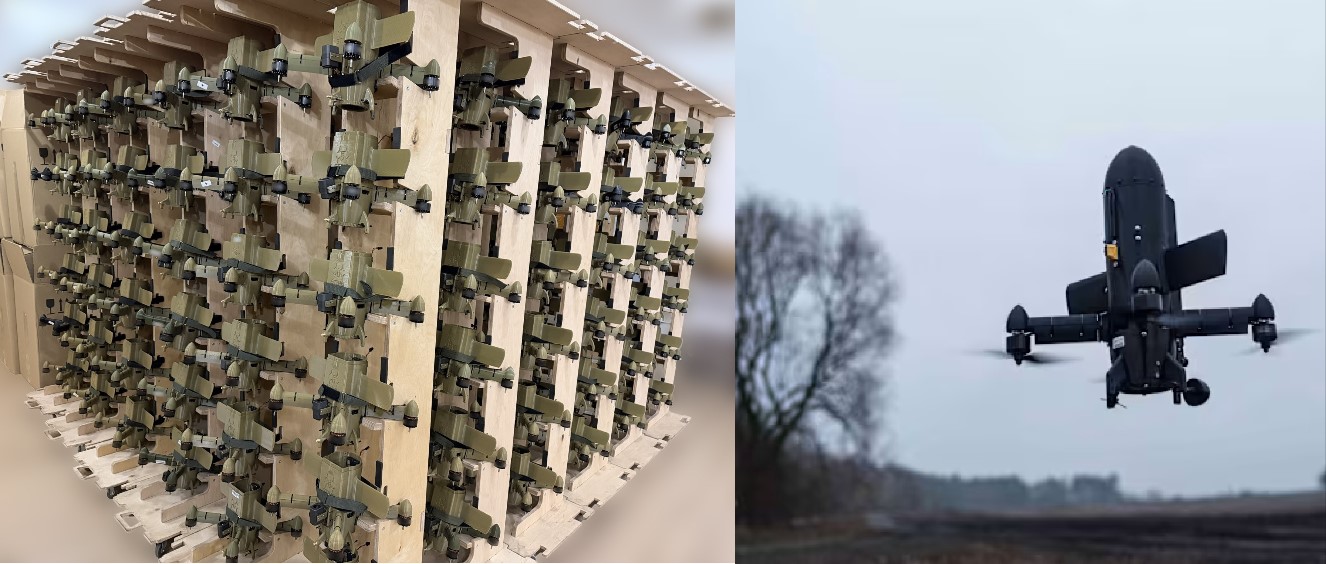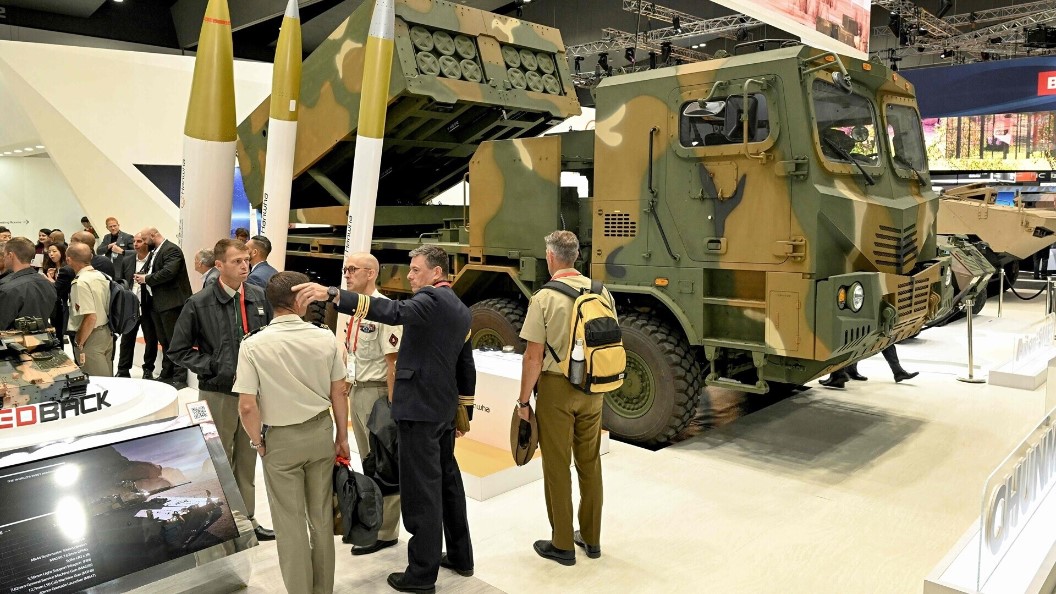Japan Unveils Latest Image of Aegis System Equipped Vessel

The Japanese Ministry of Defense (MoD) has recently unveiled the latest image of its forthcoming Aegis System Equipped Vessel (ASEV), showcasing significant advancements in the design and capabilities of this cutting-edge warship. Set to replace the now-defunct land-based Aegis Ashore ballistic missile defense system, the ASEV represents a major leap forward in Japan's maritime defense strategy.
The image, part of the 2024 defense white paper published on July 12, 2024, reveals the meticulous progress in the ASEV's detailed design. One striking feature is the bridge structure, which closely follows the design of the Maya-class Aegis destroyer but incorporates horizontal windows similar to those found on the Mogami-class frigate. This design choice enhances visibility while reducing the required bridge staff, aligning with efforts to address manpower constraints.
The ASEV's armament configuration mirrors that of the Maya-class, featuring a Mk-45 (Mod.4) 5-inch/62-caliber (127mm) main gun. However, speculation remains about whether the ASEV will also be equipped with advanced sensor systems like the OAX-3 electro-optical and infrared (EO/IR) sensor system used on the Mogami-class frigates. Such systems would significantly enhance the vessel's surveillance and vigilance capabilities.
A Japanese naval expert, speaking on the condition of anonymity, noted an intriguing concentration of aerials and equipment around the first funnel's outer periphery. The expert raised concerns about potential heat issues from the main engine's exhaust and radio interference but acknowledged the novel outfitting approach. This configuration might allow for future accommodations of additional long-range missiles and other advanced weaponry.
The ASEV's weapon and sensor systems are designed to offer unparalleled defensive capabilities. The vessels will be fitted with Lockheed Martin's SPY-7 radar, initially procured for Aegis Ashore, and integrated into the Aegis system's Baseline 9 (BL9). The SPY-7 boasts five times the tracking capability of its predecessor, the SPY-1, enabling it to handle missiles launched on lofted trajectories and multiple simultaneous ballistic missile threats.
One of the ASEV's most impressive features is its Vertical Launch System (VLS), comprising 128 cells—significantly more than the Maya-class destroyer's 96 cells. This expanded VLS capacity will enable the ASEV to accommodate future equipment, such as systems designed to counter Hypersonic Glide Vehicles (HGVs) during their gliding phase.
Additional weapon systems planned for the ASEV include the SM-6 (RIM-174 Standard Extended Range Active Missile), SM-3 Block IIIA Surface to Air Missiles, and Cooperative Engagement Capability (CEC), which allows the vessel to remotely engage anti-aircraft targets tracked by other ships. Future upgrades might include the upgraded Type 12 Surface-to-Surface Missiles (SSM), Tomahawk missiles for ground force engagement, and high-power lasers to counter drone saturation attacks.
Construction of the first ASEV began in fiscal year 2024, with the MoD allocating 373.1 billion yen ($2.3 billion) for acquisition and construction costs. An additional 81.5 billion yen ($504 million) has been secured for related expenses, bringing the total budget for the ASEV program in 2024 to 454.6 billion yen ($2.81 billion). The first ASEV is scheduled to be commissioned by March 2028, with the second following by March 2029.
In terms of dimensions, the ASEV will be 190 meters long, 25 meters wide, and have a standard displacement of 12,000 tons—significantly larger than the JMSDF's latest Aegis ship, the Maya-class, and the U.S. Navy's Arleigh Burke Flight III.
With these capabilities, the ASEV is poised to become one of the most advanced Aegis ships in the world, reinforcing Japan's maritime defense and providing a robust shield against a wide range of threats.
✍️ This article is written by the team of The Defense News.
